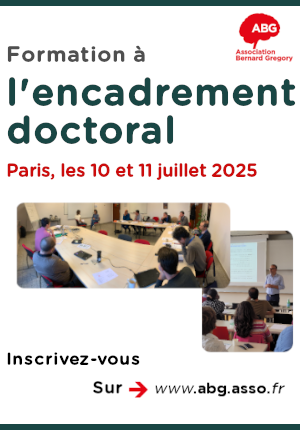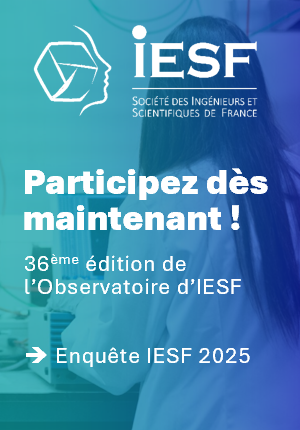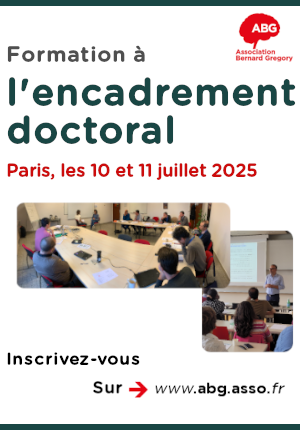Biomimetic hydrogels of ovarian cortex for in vitro folliculogenesis
| ABG-130581 | Sujet de Thèse | |
| 06/04/2025 | Contrat doctoral |
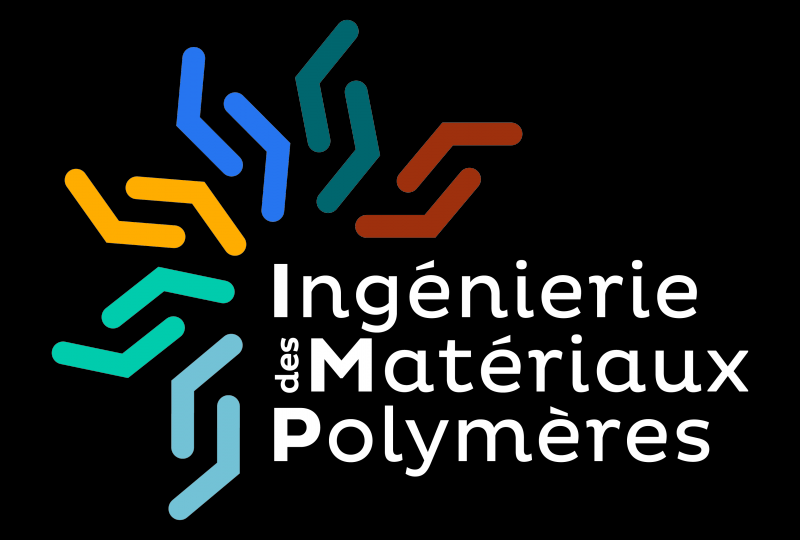
- Biotechnologie
- Santé, médecine humaine, vétérinaire
Description du sujet
This project deals with the challenge of cancer treatment-related infertility. Currently, ovarian cortex cryopreservation followed by autografting is the main fertility preservation method for patients who cannot undergo ovarian stimulation before gonadotoxic treatments. While this approach has shown success in hormonal recovery and live births, it carries the risk of reintroducing malignant cells, especially in leukemia and ovarian cancer cases.
To avoid this, in vitro folliculogenesis—growing and maturing oocytes outside the body—is emerging as a safer alternative. Although live births have been achieved in mice using this method, success in larger mammals, including humans, is limited. Researchers have grown human oocytes from primordial follicles in vitro, but their fertilization and developmental capacity remain unproven.
Folliculogenesis is influenced by the ovarian tissue’s biomechanical local properties, particularly the transition from the dense cortex to the softer medulla. Advances in two- and three-dimensional culture systems have underscored the importance of mimicking ovarian architecture, including its stiffness gradient, to support follicle development. Mechanical manipulation, such as tissue stretching, can promote follicle growth by activating pathways like Hippo and Akt, improving nutrient availability, and reducing inhibitory signals.
Preliminary studies in bovine models show that ovarian tissue exhibits viscoelastic behavior and retains follicular integrity after mechanical stress. However, broader studies are needed to fully understand the impact of the "biomechanical context" on folliculogenesis.
This PhD project aims to further explore:
(i) How uniaxial stretching of ovarian cortex (or hydrogel substitutes) affects follicular activation, with the goal of developing effective in vitro fertility preservation strategies for clinical use.
(ii) How to promote folliculogenesis within taylor-made, biocompatible hydrogels, including hydrogel composites, encapsulating primordial follicles, mimicking the properties of specific ovarian tissues.
This project lies at the intersection of materials chemistry (biomaterial design and processing) and cellular/tissue culture (in vitro folliculogenesis, characterization of follicle maturation, and mechanotransduction in follicle activation).
The project will be developped in co-direction (at Univ Lyon 1, Hospices Civils de Lyon) and several international collaborations (Univ Bayreuth, Univ Montréal)
Prise de fonction :
Nature du financement
Précisions sur le financement
Présentation établissement et labo d'accueil
The scientific objectives of the Polymer Materials Engineering laboratory (IMP, UMR 5223) is to develop a global ‘materials’ approach by combining macromolecular chemistry strategies, physics and physical chemistry approaches, and by integrating the processing of functional materials and their integration into systems. Drawing on skills, characterisation and control of structure and morphology at all scales (molecular, supramolecular, nanoscopic, etc.), we can master the design of polymer materials with a defined function.
For applications in the life sciences, the LIFE team integrates an interdisciplinary approach from the molecule to the object/device, combining skills from macromolecular and oligomeric chemistry, natural polymers, bio-functionalisation, formulation and process design, multi-scale characterisation and, finally, evaluation of relevant properties for targeted in Life Sciences applications, in collaboration with numerous teams of biologists, medical doctors and veterinary surgeons specializing in various areas of biology (in vivo/in vitro tissue engineering, bioimaging, active ingredient delivery, etc..)
The LIFE team's activities are divided into three areas: Bio-inspired materials for biological media, colloids for healthcare and controlled-structure polymers for fluorescence bio-imaging.
Site web :
Intitulé du doctorat
Pays d'obtention du doctorat
Etablissement délivrant le doctorat
Ecole doctorale
Profil du candidat
- Graduate of an engineering school in the field of materials for health or biotechnology, if possible with a dual ‘Chemistry/Biology’ background (expected graduation in fall 2025).
- Ranked in the top quarter of their year in all semesters of their training from Bac+3 to Bac+5.
- Aptitude and/or experience for research at the Materials/Biology interface.
- Level of English TOIC>850
- Practical experience in biotechnology (internships), particularly in the fields of hydrogel manufacture and characterisation, characterisation of cell survival and phenotype, in contact with hydrogel materials.
- Writing and communication skills
Vous avez déjà un compte ?
Nouvel utilisateur ?
Vous souhaitez recevoir nos infolettres ?
Découvrez nos adhérents
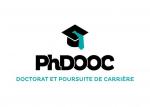 PhDOOC
PhDOOC  ASNR - Autorité de sûreté nucléaire et de radioprotection - Siège
ASNR - Autorité de sûreté nucléaire et de radioprotection - Siège 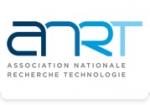 ANRT
ANRT 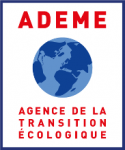 ADEME
ADEME  Ifremer
Ifremer  Groupe AFNOR - Association française de normalisation
Groupe AFNOR - Association française de normalisation  CASDEN
CASDEN  CESI
CESI  SUEZ
SUEZ  Institut Sup'biotech de Paris
Institut Sup'biotech de Paris 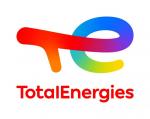 TotalEnergies
TotalEnergies  Généthon
Généthon  Aérocentre, Pôle d'excellence régional
Aérocentre, Pôle d'excellence régional  MabDesign
MabDesign  Laboratoire National de Métrologie et d'Essais - LNE
Laboratoire National de Métrologie et d'Essais - LNE  Nokia Bell Labs France
Nokia Bell Labs France  ONERA - The French Aerospace Lab
ONERA - The French Aerospace Lab  MabDesign
MabDesign  Tecknowmetrix
Tecknowmetrix

